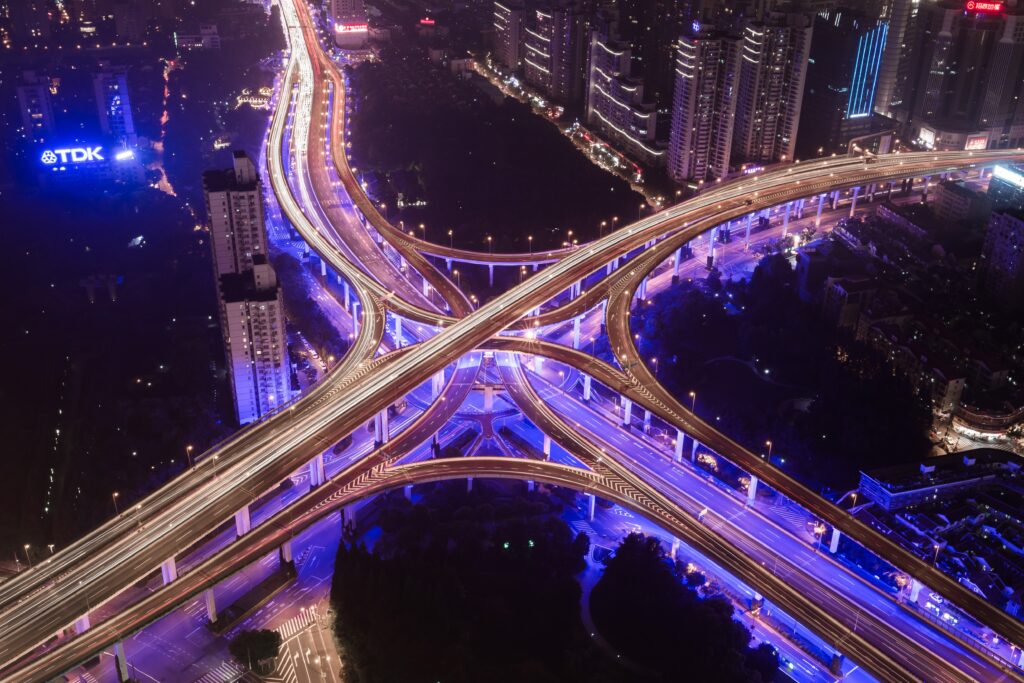Smart cities, which use technology to improve citizens’ quality of life and optimise urban services, have rapidly grown in popularity. According to a recent report, the global smart city market is projected to reach $158 billion by 2022.
By utilising blockchain technology, smart cities can enhance their security, transparency, and efficiency in supply chain management, voting systems, and energy consumption. Implementing blockchain in smart cities benefits the citizens and creates sustainable and resilient urban environments.
This article explains what smart cities and blockchain technology are, and how they work together.
What Are Smart Cities?
A smart city is an urban area that leverages technology and data to improve its citizens’ quality of life, optimise resource use, and create more sustainable and efficient communities. By integrating connected devices and systems, smart cities analyse data to provide more efficient and effective services, from transportation to energy management to public safety.
Singapore
One prime example of a smart city is Singapore, which has implemented numerous initiatives to enhance the living experience of its citizens. For example, the city-state has a sophisticated transportation system that uses data and technology to manage traffic flow and reduce congestion, making it easier and faster for residents to get around.
Singapore has also implemented smart waste management systems that use sensors to optimise collection schedules, reduce the amount of waste sent to landfills, and increase recycling rates.
Amsterdam
Another example of a smart city is Amsterdam, which strongly focuses on sustainability and green energy. The city has implemented several initiatives to reduce its carbon footprint and increase the use of renewable energy sources.
For example, Amsterdam has a smart grid system that integrates renewable energy sources, such as wind and solar power, into the city’s energy mix. This helps reduce the city’s dependence on fossil fuels and increase clean, sustainable energy use.
Additionally, Amsterdam has implemented smart lighting systems that use sensors to automatically adjust the brightness of streetlights based on the presence of people, vehicles, and bikes, saving energy and reducing light pollution.
These are just a few examples of innovative initiatives implemented in smart cities worldwide. By leveraging technology and data, smart cities are creating more livable, sustainable, and efficient urban environments for their citizens.
Read the full article here.






